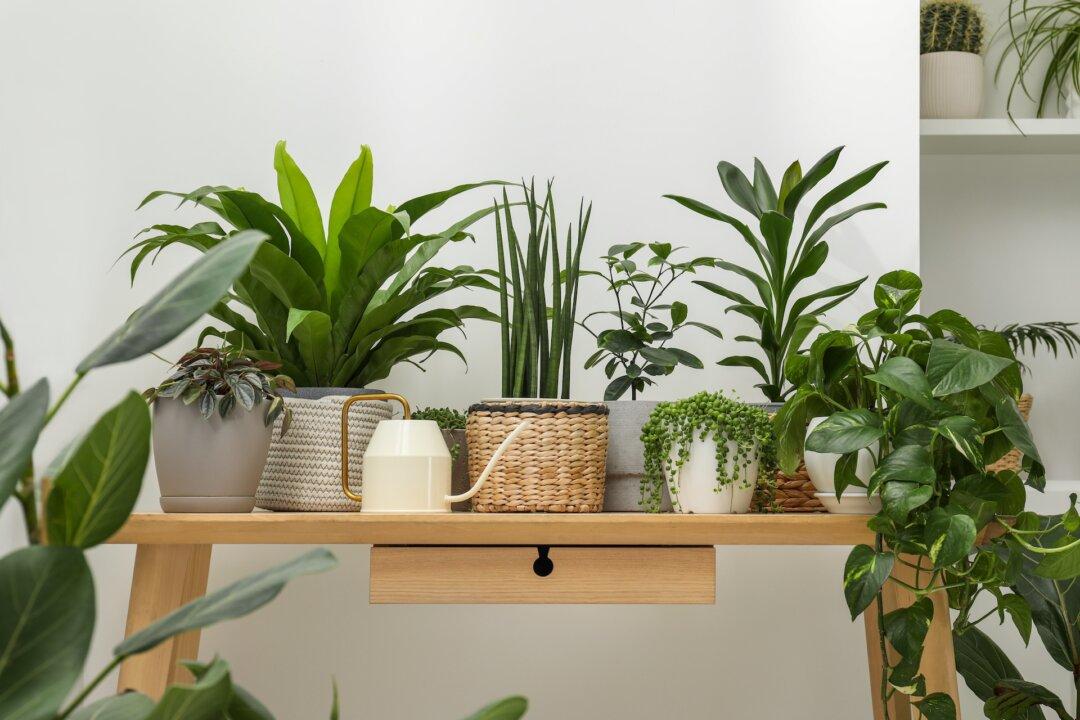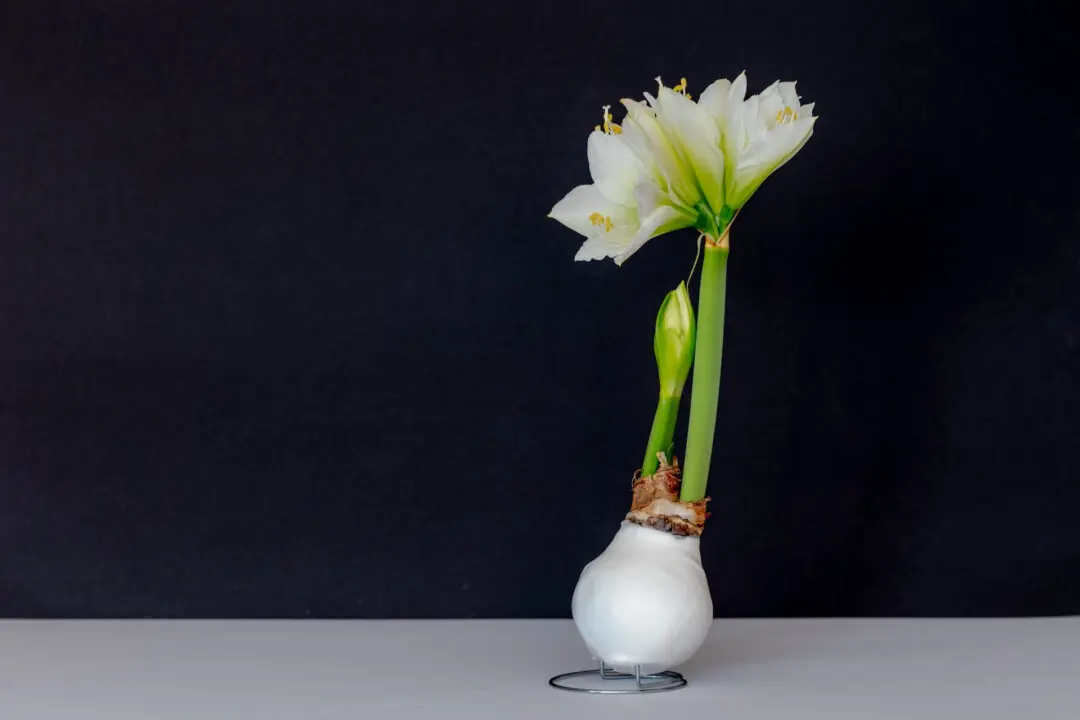Q: I brought my houseplants indoors for the winter, and I have saucers under the pots. When I water some of the plants, water immediately flushes out of the pots and overflows the saucers. When the plants were outdoors, I used a garden hose to water them, and I never gave a thought to water flooding out of the pots. In fact, there weren’t any saucers under them. Now, my weekly watering is taking so much longer, since I water each pot slowly to make sure the water is soaking in. Besides getting saucers that hold more water, do you have any suggestions on how to water my plants now that they are indoors?
A: Plants use water 24 hours a day, but we don’t have to water them 24 hours a day because the soil acts like a sponge and releases water to them. The sponge of soil in some of your flowerpots appears to be damaged. The hose water may have washed away some soil to create channels along the edge of the pot so water can just run down the inside of the pot between the soil and the pot.





